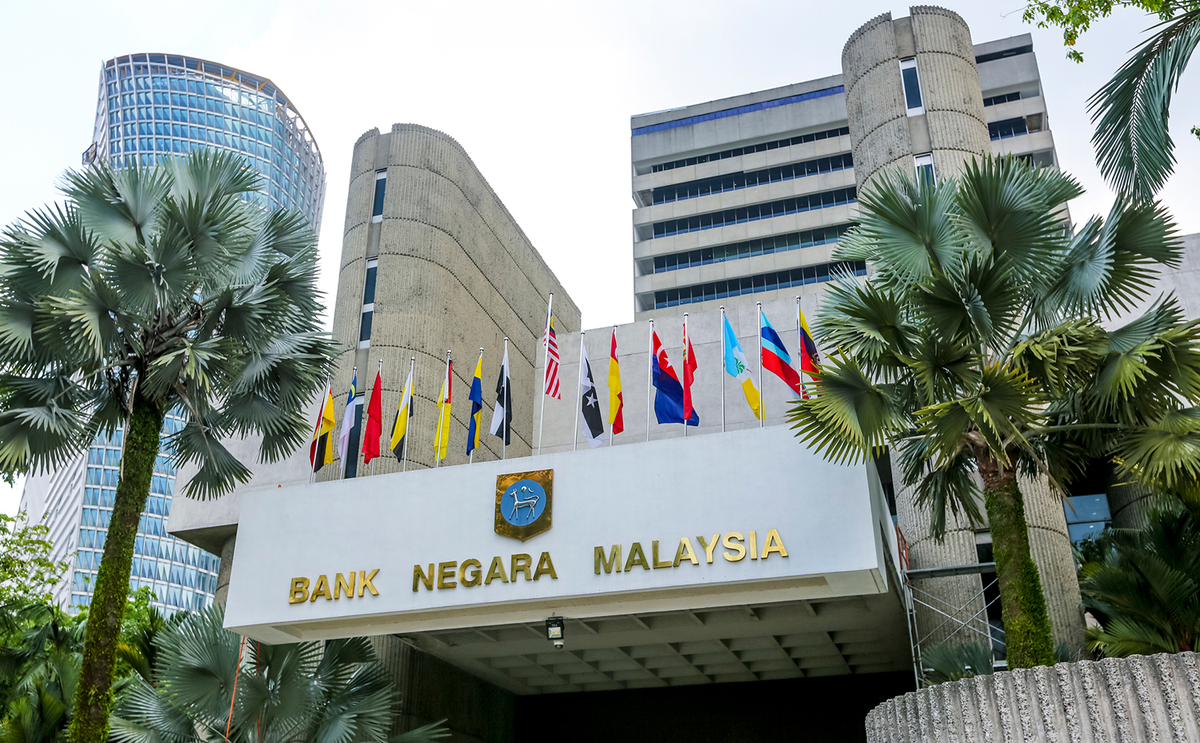In its last Monetary Policy Committee meeting of 2023, Bank Negara Malaysia maintains the overnight policy rate (OPR) at 3%, citing an improved economic outlook while addressing inflation and growth prospects.
KUALA LUMPUR, 2nd Nov 2023 – Bank Negara Malaysia (BNM) has opted to keep its overnight policy rate (OPR) steady at 3% during its Monetary Policy Committee (MPC) meeting held on Thursday. This decision marks the third consecutive session where the OPR remains unchanged, despite calls from some quarters for a rate hike to stabilize the ringgit, which has reached a 25-year low against the US dollar.
The most recent rate adjustment took place in May, with BNM raising the OPR by 25 basis points to 3%.
In response to this monetary decision, BNM highlighted that the advance estimate of gross domestic product (GDP) suggests an improvement in economic activity during the third quarter.
BNM’s statement from the two-day MPC meeting on Thursday stated, “Growth in 2024 will be primarily driven by resilient domestic expenditure, with support from the expected recovery in electrical and electronic (E&E) exports. Continued employment and wage growth continue to support household spending. Improved tourist arrivals and spending are anticipated.”
Furthermore, BNM expects investment activity to be sustained by ongoing multi-year infrastructure projects and the implementation of catalytic initiatives outlined in national master plans. Additionally, measures within Budget 2024 are projected to further boost economic activity.
While the growth outlook remains vulnerable to downside risks from weaker external demand and prolonged declines in commodity production, potential growth opportunities are driven by stronger-than-expected tourism activity, a robust recovery from the E&E sector’s downturn, and accelerated progress on existing and new projects, as per BNM.
Given this context, BNM emphasized that the MPC remains watchful of developments that will shape the assessment of the outlook for domestic inflation and growth. The MPC’s commitment is to ensure that the monetary policy stance promotes sustainable economic growth while maintaining price stability.
At the current OPR level, BNM affirmed that the monetary policy stance aligns with the current assessment of inflation and growth prospects, remaining supportive of the economy.
As for inflation in 2024, BNM anticipates modest levels as both headline and core inflation have eased due to reduced cost pressures. In the third quarter, headline inflation averaged at 2%, with core inflation at 2.5%.
BNM cautioned that inflation’s outlook remains sensitive to changes in domestic policies regarding subsidies and price controls, as well as global commodity prices and financial market developments. The government’s intention to review price controls and subsidies in 2024 will impact the inflation and demand outlook.
On a global scale, despite signs of recovery in the E&E sector, BNM cautioned that global trade remains subdued, partly due to a shift from goods to services in spending and ongoing trade restrictions. Elevated inflation and higher interest rates continue to weigh down global growth.
While some major economies are experiencing slowing growth momentum, BNM noted that global headline inflation has increased somewhat due to higher commodity prices, while core inflation continues to moderate.
BNM’s assessment indicates that most central banks are likely to maintain a tight monetary policy stance, with the global growth outlook exposed to downside risks, primarily stemming from unexpectedly high inflation, geopolitical tensions, and sharp financial market tightening.
Regarding the currency market, BNM observed that expectations of a persistent strong US dollar, resulting from the anticipation of a higher-for-longer interest rate environment in the US and concerns about escalating geopolitical tensions, have affected major and emerging-market currencies, including the ringgit.
Nevertheless, BNM reassured that these developments are not anticipated to derail Malaysia’s growth prospects. The central bank commits to managing risks associated with increased volatility and ensuring the orderly functioning of the domestic foreign exchange market.
Furthermore, BNM highlighted that financial institutions continue to operate with robust capital and liquidity buffers, maintaining favorable conditions for sustained credit growth.
At the time of writing on Thursday, the ringgit had strengthened by 0.38% against the US dollar, reaching 4.7533. On October 23, the ringgit had declined to a low of 4.7937 against the US dollar, with a year-to-date depreciation of 7.9% in the local currency.



